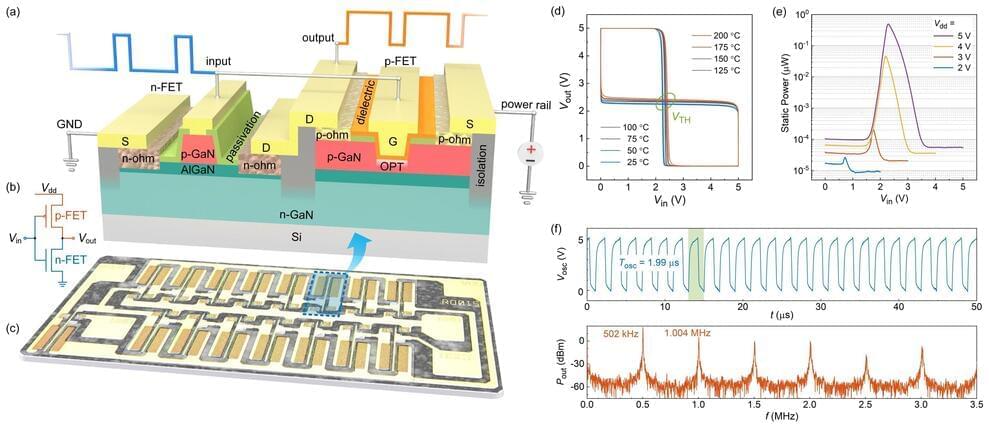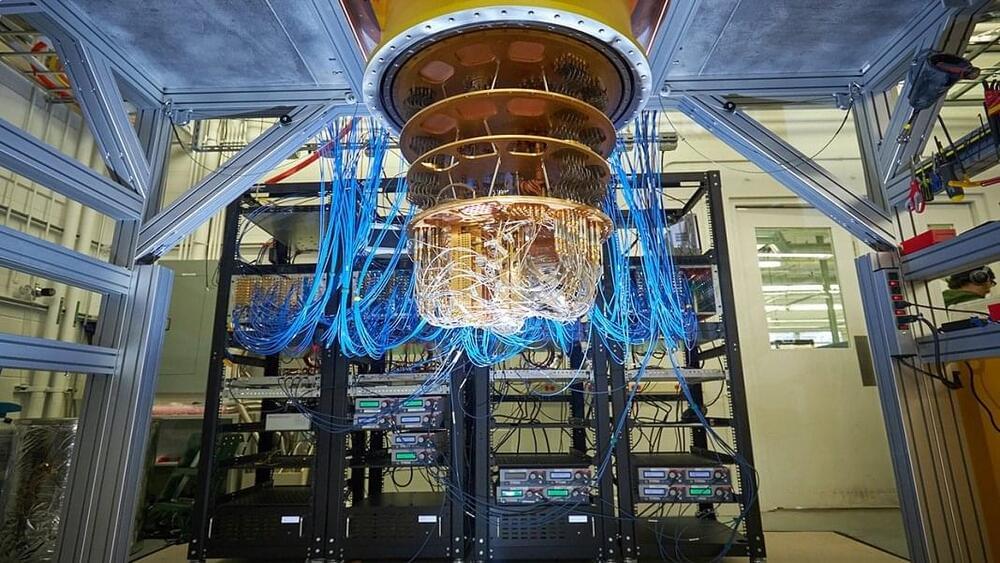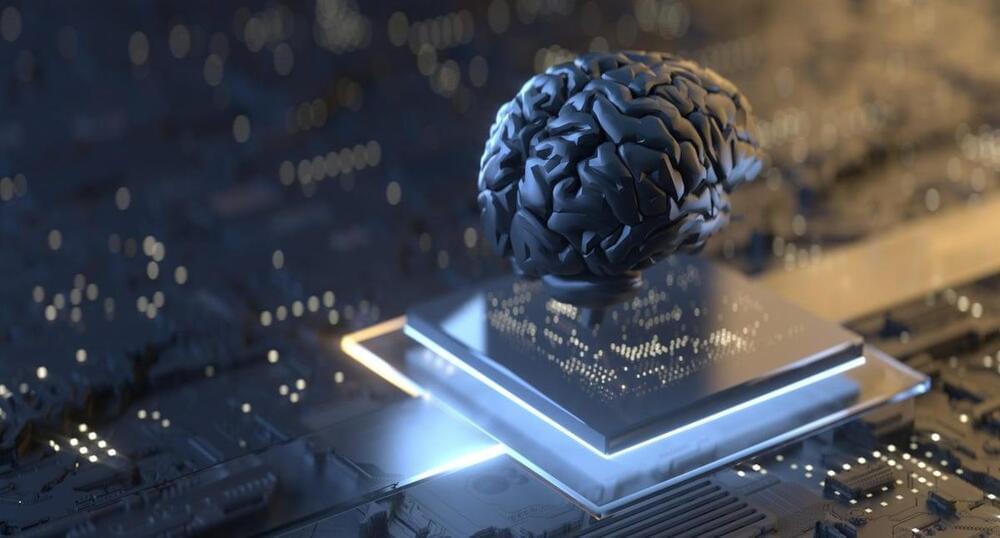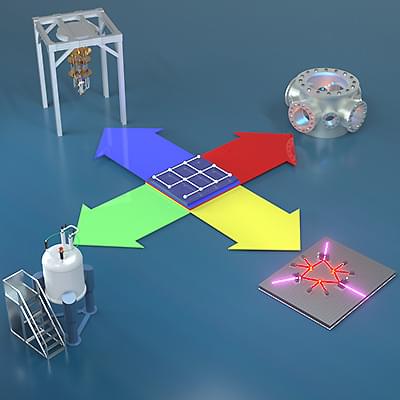Most integrated circuits (ICs) and electronic components developed to date are based on silicon metal-oxide-semiconductor (CMOS) technology. As silicon (Si) is known to have a narrow bandgap, however, in recent years engineers have been trying to develop ICs using other materials with a wider bandgap, such as gallium nitrite (GaN).
ICs made of GaN could have notable advantages over conventional ICs based on silicon, particularly for the development of power electronics, radiofrequency power amplifiers and devices designed to operate in harsh environments. However, so far developing GaN CMOS logic circuits has proved to be highly challenging, due to the intrinsically low mobility of holes in the material and the lack of a suitable strategy for integrating n-channel and p-channel field-effect transistors (n-FETs and p-FETs) on a single substrate.
Researchers at the Hong Kong University of Science and Technology (HKUST) have recently realized a series of GaN-based complementary logic ICs. Their paper, published in Nature Electronics, could have important implications for the development of new types of electronics.





